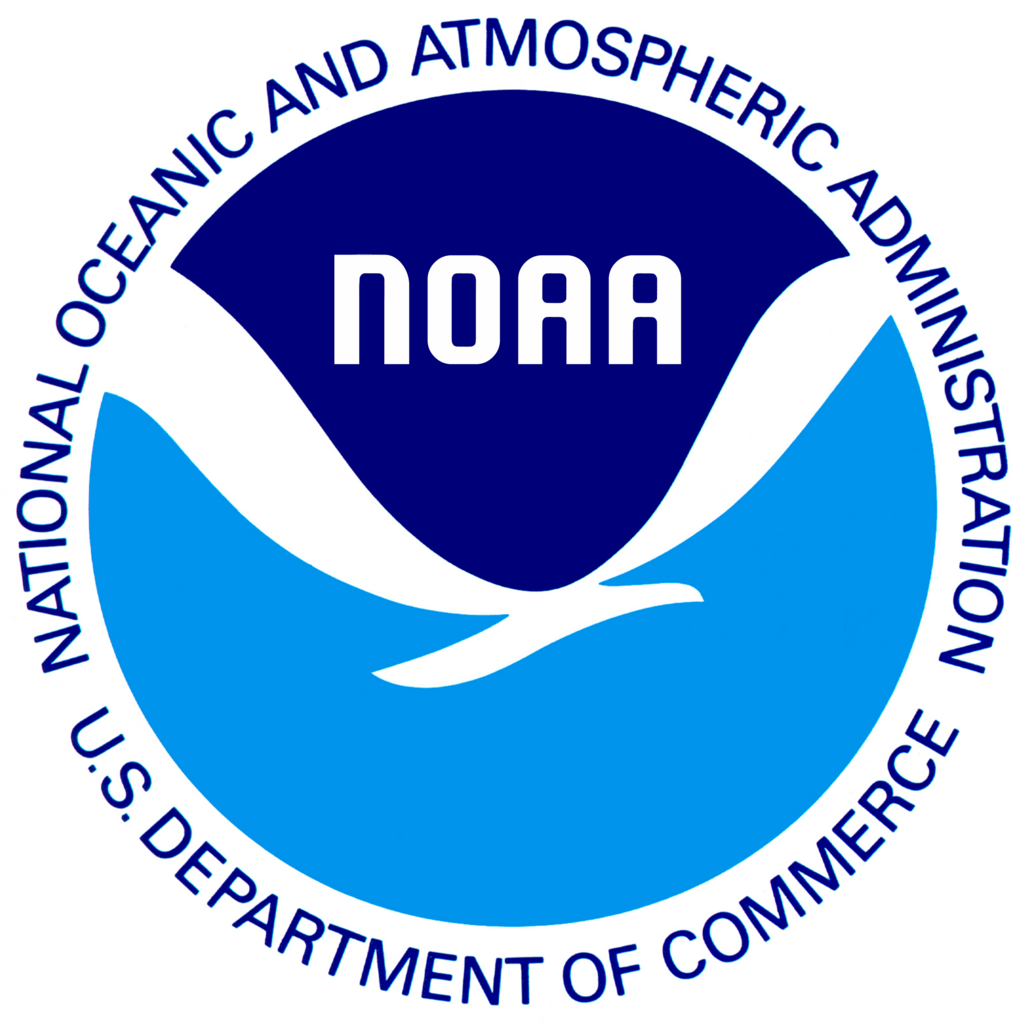
5 Part Life Cycle
Stage 1: Formation of a dark spot on the water surface
Stage 2: Spiral Pattern on the water surface
Stage 3: Formation of a spray ring
Stage 4: Development of visible condensation funnel
Stage 5: Ultimately decay
Two types of Waterspouts: Fair Weather waterspout & Tornadic waterspout
Tornadic waterspouts are tornadoes that form over water, or move from land to water. They have the same characteristics as a land tornado. They are associated with severe thunderstorms, and are often accompanied by high winds and seas, large hail, and frequent dangerous lightning.
 Fair weather waterspouts usually form along the dark flat base of a line of developing cumulus clouds. This type of waterspout is generally not associated with thunderstorms. While tornadic waterspouts develop downward in a thunderstorm, a fair weather waterspout develops on the surface of the water and works its way upward. By the time the funnel is visible, a fair weather waterspout is near maturity. Fair weather waterspouts form in light wind conditions so they normally move very little. These type of waterspouts dissipate rapidly when they make landfall, and rarely penetrate far inland.
Fair weather waterspouts usually form along the dark flat base of a line of developing cumulus clouds. This type of waterspout is generally not associated with thunderstorms. While tornadic waterspouts develop downward in a thunderstorm, a fair weather waterspout develops on the surface of the water and works its way upward. By the time the funnel is visible, a fair weather waterspout is near maturity. Fair weather waterspouts form in light wind conditions so they normally move very little. These type of waterspouts dissipate rapidly when they make landfall, and rarely penetrate far inland.Boaters: If a waterspout is sighted, immediately head at a 90 degree angle form the apparent motion of the waterspout. Never try to navigate through a waterspout. Although waterspouts are usually weaker than tornadoes, they can still produce significant damage to you and your boat.
*An amazing fact about water spouts is that they continue to be mysterious despite of extensive
studies on them. Their unique nature continues to baffle world all together.
A bit of history...
*The earliest record of a water spout on sea goes as back as 1456 when a whirlwind of water was spotted on the sea near Ancona in Italy

















